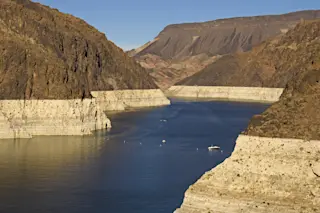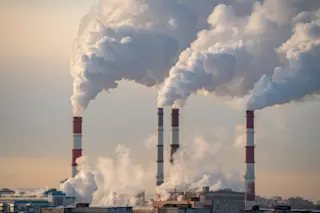2018 was the fourth warmest year on record globally, part of a decades-long warming trend. (Source: NASA Goddard Media Studios) Two U.S. agencies have reported on how Earth's climate fared in 2018. For the most part, the news wasn't all that surprising: The long-term trend of human-caused global warming showed no significant signs of relenting. But I was surprised by one finding: The United States experienced something of a split climatic personality last year. More about that in a minute. First, though, NASA and the National Oceanic and Atmospheric Administration announced yesterday that Earth experienced its fourth warmest year in records dating back to the late 1880s. "Across the globe it was extremely warm, with only a few places that were slightly below normal," observed Gavin Schmidt, director of NASA's Goddard Institute for Space Studies, during a phone briefing with reporters that I participated in. The planet continues to warm ...
The U.S. climate became afflicted by split personality disorder in 2018
Discover how human-caused global warming contributed to 2018 being the fourth warmest year on record globally.
More on Discover
Stay Curious
SubscribeTo The Magazine
Save up to 40% off the cover price when you subscribe to Discover magazine.
Subscribe












